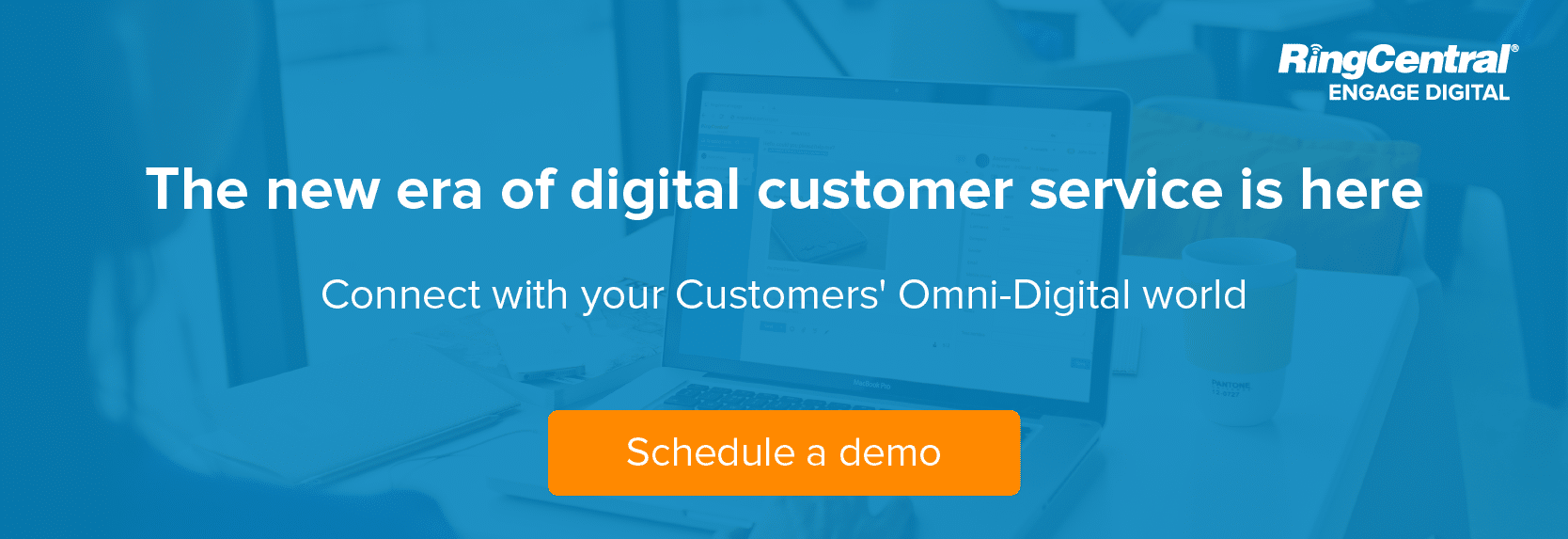
Customers are irrational by nature. Organizations must accept this fact and design for it in their Customer Experience. Five essential practices will guide that effort, and their efficacy has its roots in Behavioral Economics.
Behavioral Economics is the study of how psychology influences human behavior in buying decisions. Gaining a deeper understanding of the psychological concepts Behavioral Economics uses to explain customer behavior can help you design a Customer Experience that keeps customers coming back for more.
Before I share these five essential concepts, let’s take a minute to establish what I mean when I say customers are irrational. Customer irrationality stems from the fact customers make buying decisions that are automatic and emotional far more frequently than with methodology and logic.
I am no different. I made a purchase recently that illustrates what I mean.
The Irrational Power Supply Search
Where I live in Florida has frequent thunderstorms, which lead to power outages. It was driving me crazy. To fix the problem, I resolved to invest in an uninterruptible power supply for all my electronics.
I am a huge fan of Apple. I have had numerous good experiences with Apple’s products, so I looked to see if Apple made one, like an iPower supply. There isn’t one.
Since my favorite brand didn’t offer one, I set out to compare and contrast the features and benefits of the available models. Now, to clarify, I am not the least technical person you know, but I am also not the most. Therefore, it will probably come as no surprise that in my research, I quickly was in over my head with the technical specifications of these devices.
I decided that I would choose one feature of the uninterruptible power supply to use for comparison’s sake. It was how long the power supply would last. To be clear, I didn’t choose this feature because it was the most critical one for me; I chose it because I could understand that one.

The Five Essential Practices for CX
In my search for the best-uninterrupted power supply, I experienced and was influenced by several of the Behavioral Economics concepts that we will cover here. Each of them is part of these five essential practices that I have identified will improve your Customer Experience design.
1. Embrace your customers’ irrationality.
Your customers are human, and human beings are not rational. Irrationality often rules the decisions they make. An example of irrationality influencing decisions is the effects of Choice Architecture. Choice Architecture suggests that how you present choices affect customers’ decisions. For example, a wine shop that played French music in the background and reported that their sales of French wine during that time went up by a ratio of 5 to 1. Another example of Choice Architecture is using dividers down the middle of a park bench to discourage sleeping there. In this case, the divider not only decreased the number of homeless people sleeping on the benches, but it also made the seat more comfortable for park visitors.
We suggest that you make your peace with the fact that your customers are not rational. Once you recognize this fact, designing an experience with irrationality in mind can influence them to make decisions you prefer.
Look for ways to make customers’ choices easy and intuitive whenever possible. - @ColinShaw_CX Share on X
2. Customers often have conflicted minds.
People’s brains operate on two systems, which we call Intuitive and Rational Systems. The Intuitive System is known for being easier to use and making automatic decisions. The Rational System takes a lot of energy and makes deliberate and methodical decisions. Most people prefer to use the Intuitive System whenever possible. For example, in my uninterrupted power supply story, my intuitive instinct was to buy it from Apple. It was only after that easy decision wasn’t available that I took the time to invoke the Rational System to research and compare the other options. Moreover, the Rational System ultimately discovered that it couldn’t make the decision, and I still ended up using an easier way to make the decision by comparing the amount of time the device lasted.
Therefore, we suggest creating an experience that takes advantage of this preference. Look for ways to make customers’ choices easy and intuitive whenever possible.

3. Develop your ability to predict customer habits.
We all have habits. They save time and simplify our lives. The Intuitive System governs habits because habits are easy and automatic. With habits, a trigger sends a signal to the Intuitive System, which responds with an action that leads to a reward. So, if you consider a rat in a maze, the trigger is the click of the gate opening; the response is the rat running the maze they have memorized, and the reward is the cheese. When I am boarding a flight, and I see the other passengers gathering their things and heading toward the gangway, I am triggered to do the same thing. The reward is that I get where I want to go, because, sadly, airlines do not serve cheese.
Understanding how habits work and recognizing your customers’ habits in action allows you to predict how they will respond. Moreover, it allows you the opportunity to trigger the behavior to get more of that response or interrupt it to change the response.
Understanding what parts of your experience drive the customers’ decision is crucial, whether that is Extremeness Aversion or information overload. - @ColinShaw_CX Share on X
4. Accept that irrelevant things can be significant.
People also buy based on a concept called Extremeness Aversion. Extremeness Aversion means that people gravitate toward the middle when making choices. So with pricing, for example, people often avoid the most and least expensive options and choose the moderately priced one. Another example of Extremeness Aversion is how we rarely bother calculating the value of the beverage size options at a fast-food restaurant and end up ordering a medium-sized drink.
Also, when we work with clients, we often see that the factors that influence customer behavior are often not what our clients thought they would be. For example, I ignored all the specifications and talking points about power supplies that someone probably put a lot of time and energy into but that I found overwhelming. Instead, I bought it based on how long it would last, a feature to which they may or may not have dedicated their resources.
Understanding what parts of your experience drive the customers’ decision is crucial, whether that is Extremeness Aversion or information overload. Otherwise, something you consider irrelevant could be ruining your desired outcomes while you pour all your resources into something you thought was relevant and has no effect at all.
5. Create memories that build loyalty.
People often buy a product from a brand based on their past experiences with other products from that company. This phenomenon is the Halo Effect. The Halo Effect means that an impression a brand makes in one Customer Experience area influences the perception of an experience in another field. My love of Apple products led to my belief that they would produce the best uninterruptable power supply—and Apple doesn’t even make one.
It is essential to determine when your #customers feel the peak emotion during your experience and how they feel at the end. - @ColinShaw_CX Share on X
How memories form affects the Halo Effect. The Peak End Rule describes how memories form. The Peak End Rule states that what we remember about an experience is the most intense emotion we felt during it, and how we felt at the end. After an experience ends, we then remember it and those memories influence our decision about what to do in the future. If our memories are positive, we feel loyal to a brand, and we go back for more.
Therefore, it is essential to determine when your customers feel the peak emotion during your experience and how they feel at the end. If these two points are not what you want them to be, we recommend finding specific words and actions that manage these points to the best possible outcome.
Accepting that customers are irrational is essential for your Customer Experience. Also, it would be best to accept that they make intuitive decisions either by habit or driven by memories of previous experiences. Moreover, it would be best not to underestimate the influence of details that might seem irrelevant. Considering these traits is vital to your success when you design your Customer Experience. Furthermore, these intentionally deliberate experiences will create the most value for your irrational customers—and that drives the most value for your bottom line.
Colin Shaw is the founder and CEO of Beyond Philosophy, one of the world’s leading Customer experience consultancy & training organizations. Colin is an international author of six bestselling books and an engaging keynote speaker.
Originally published Apr 22, 2020, updated Dec 30, 2022







